|
(This Blog Post is adapted from my book Pathways to Stillness)
Stillness, and its inherent peacefulness, is accessible anytime and anywhere. I agree with those who say it is our natural state, covered over by the “monkey mind” and distractions. A very powerful example of this is a particular Tai Chi class that I teach at York Care Centre in Fredericton, New Brunswick, the city where I work. I have been teaching classes in various locations for over twenty years, and in nursing homes and retirement residences for ten years. Some years ago, I was invited by the activity director of the centre to try a class in the Alzheimer unit. I agreed, without any expectations. I arrived for the class, and put a CD on with soft music. The staff person asked the residents if they would like to attend and assisted them to gather in the lounge area. Six residents sat down and watched me as I began the class, which, by the way, is a seated program, which I designed for special groups. One resident was able to follow many of the movements; two had their eyes closed and were clearly listening to the music; another was sleeping; and two were staring at me with curiosity. But there was something else happening at the same time— there was a palpable stillness in the room, a wonderful peacefulness. In subsequent classes, I sometimes sense this peacefulness—and I stop talking and just hang out with the participants. I discussed the results of the class with the staff person. She said what happens here is huge. These are folks who are constantly in motion, who do not usually sit still for more than a few minutes, who often have fear and confusion in their eyes. However, during this class they are quiet and their eyes are calm—the staff person agreed that they clearly felt the stillness. To me this means that, unlike the stereotype that dementing persons are totally lost, there is also a still-ness present—they are still there. I continue to learn many lessons from this group: First, we should not make quick assumptions about what is going on within a person with dementia. Just because a person’s thinking mind is confused does not mean that they cannot experience stillness. One of my Dutch colleagues conducts a similar class in The Netherlands. She says that when they are doing Tai Chi, “the disease is not there and we go straight to the stillness.” Second, these folks are able to contribute to my experience of stillness when I am sharing the class with them. And third, as I mentioned at the outset, stillness is possible anywhere and anytime. If they can find it, so can you. I highly recommend personcentreduniverse.com as a great site for more wisdom and guidance on this topic. It is a company started by graduates of our Gerontology programme at St. Thomas University. I am very proud of them!
0 Comments
Tai Chi is one of my main pathways. I realize increasingly how it is an art form. Like any creative activity, the most important requirement is to “show up”—which means to just practice. The more you practice the more insight you gain into the art. Still, you never get to the end—again like a musician or painter. But Tai Chi is also different from other arts. Your body, mind, and spirit are your personal canvas. The outcome of the practice is better physical and mental health—and deeper stillness. At times you feel like nothing new is happening, but then—a lovely surprise of serenity— which little by little carries over into daily life.
We are taught from childhood that we must achieve a goal— that we need to measure up to an external standard, and that we need to perform competently. We are also taught that failure is unacceptable—losing is of no value. However, even if we have been fortunate to be a “winner” in life, as time goes on we may not be capable of maintaining this attitude. Many of us experience a “fall from the heights” through the process of aging or other changes that we experience. At this point, we need to learn to fail, to lose. This means that you give yourself permission to not get something right the first time—or not at all. With this attitude you can feel free to try something new—to just go for it. With practice, you may find that this approach will help you discover new Pathways to Stillness. (Read more in my book).
When we “butt up” against an unwanted life change—something we cannot control— we usually become fearful and either frantically attempt to fix the situation (fight), or we deny, resist, or otherwise run from it (flight). However, there is a third way—we can let go and accept. This is giving-in, not giving-up. It is allowing the situation to be part of your journey. This way takes practice, but it will help you feel better, and may even help you see a pathway forward that you did not notice in the midst of your turmoil. In Tai Chi philosophy this is using yin energy, which is not simply the absence of yang energy, but a force in itself— one that is very much needed in our world.
I teach Tai Chi to dementia survivors. The residents gather for the class. I play calming music. It is a seated programme and I tell them that there are no expectations for the class. They can try some movements, take a nap, or just listen to the music. The result is wonderful stillness in the group and in the room. The staff member reports that for these folks to stay still for 30 minutes truly is unexpected stillness. I think Tai Chi takes them beyond the confusion and anxiety of their life situation to the stillness at the centre of their story. Read more in my book Pathways to Stillness.
An important lesson that I share with the students in my class—through Tai Chi philosophy and practice—is the importance of letting go. My students live, as we all do, in a culture of control, achievement—we feel we need to measure up to an external standard. In Tai Chi you cannot progress unless you learn to yield, accept and follow. There is strength in softness, gain in loss. It is okay to fail as you learn. The objective of the art is to relax and find stillness in your practice and in your life. For many students this perspective is new and I always observe heads nodding in relief and agreement. It is also a major reason why the course works in enhancing stillness, once embraced. (Read more in my book).
The students in my class mainly learn a seated Tai Chi programme, which I designed for special groups. However, we do several sessions of regular practice so they have the full experience. The course emphasizes the health and meditation aspects of Tai Chi, but I do show them a few of the martial art applications of the movements—so that they are aware of that part of the art. Students also write a reflection paper discussing their experiences in the course over the semester. I am always very grateful to be teaching this course when I read their comments— many say that this is their first experience of stillness, that they sleep better, that their level of anxiety has dropped significantly. Some students also say that they have started to remember a movement or two when they are under stress for papers or tests—and it helps them a lot! (Read more in my next post and in my book).
I teach a course entitled Aging and Tai Chi to undergraduate students at St. Thomas University. The format for the course differs from most courses in that it is not only information or “thinking mind” material that is shared. In addition to examining scientific research on the positive effects of Tai Chi and studying its philosophical roots, students practice Tai Chi during the semester. In the beginning they are nervous, as they have never been asked to participate in anything like this before. However, as the semester progresses they clearly become more relaxed, and often say that they look forward to this course because it allows them to experience stillness in the midst of a stressful week of school, work, and so on. (To be continued in my next post).
Tai Chi philosophy tells us that human life itself is yang energy, meaning that it is a stressor. Tai Chi is yin energy because it attempts to balance that stressor by receiving, accepting, and neutralizing. Tai Chi involves a giving in, but by no means does it involve a giving up. It is not resignation but acceptance, which means that you attempt to follow the situation until it can be brought to a balanced or healthy conclusion. You are asked to blend with the oncoming force, meet it, follow it and, eventually, direct it. You try to not interfere with the momentum of the force, whether physical or emotional. In other words, do not push the river. I continue to learn and practice this pathway to stillness with Sifu Martin Kennedy at Wu’s Tai Chi Chuan Academy in Fredericton New Brunswick.
|
Pathways to Stillness BlogMy Blog is about how you can discover your own Pathways to Stillness, and why that is so valuable to your life. We will explore what it means to lose and regain our sense of “our story” in the midst and aftermath of loss—negative beliefs about aging and how we can make them more positive, and the many benefits reaped by creating a refuge of stillness within.
January 2024
Categories |
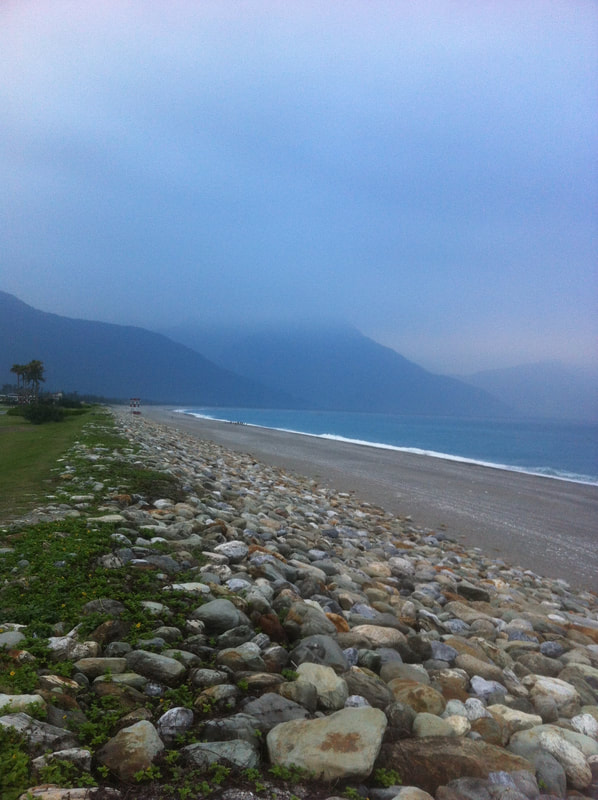

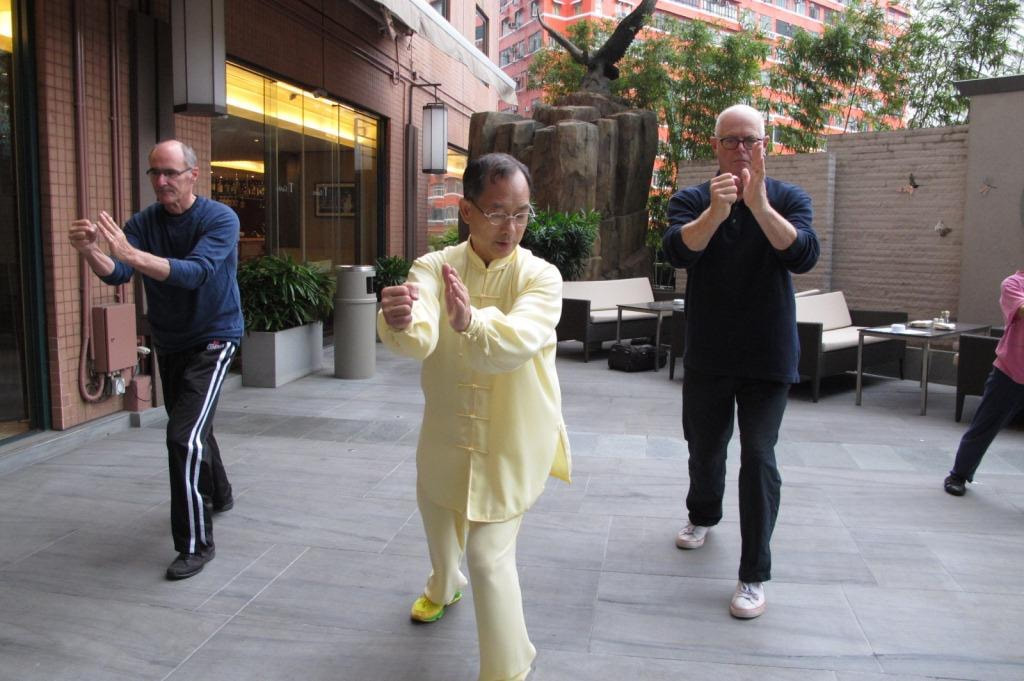


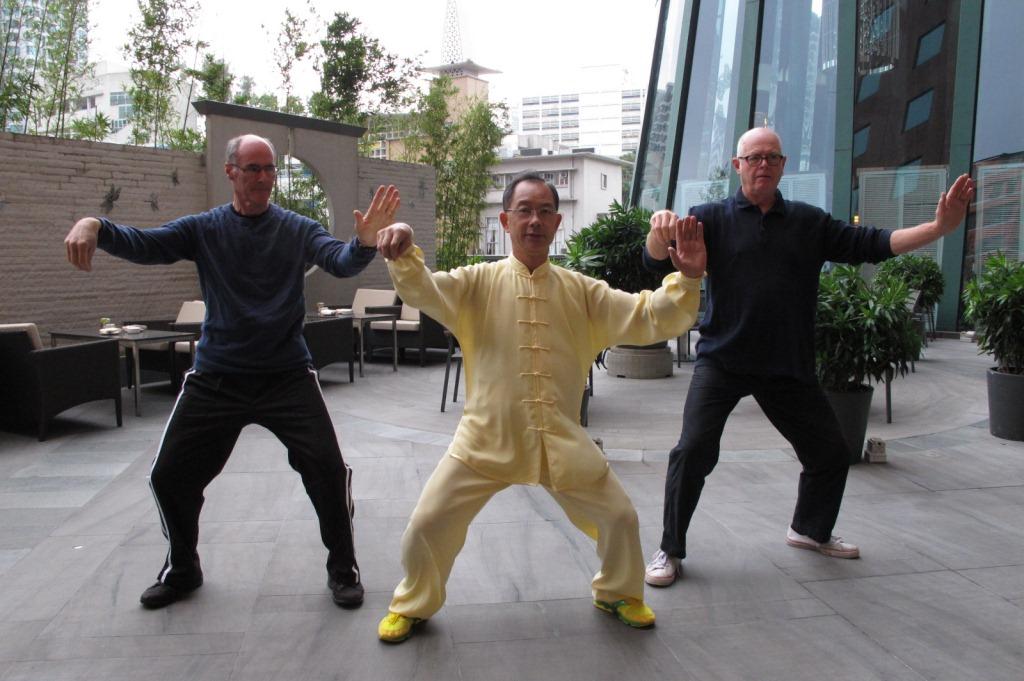
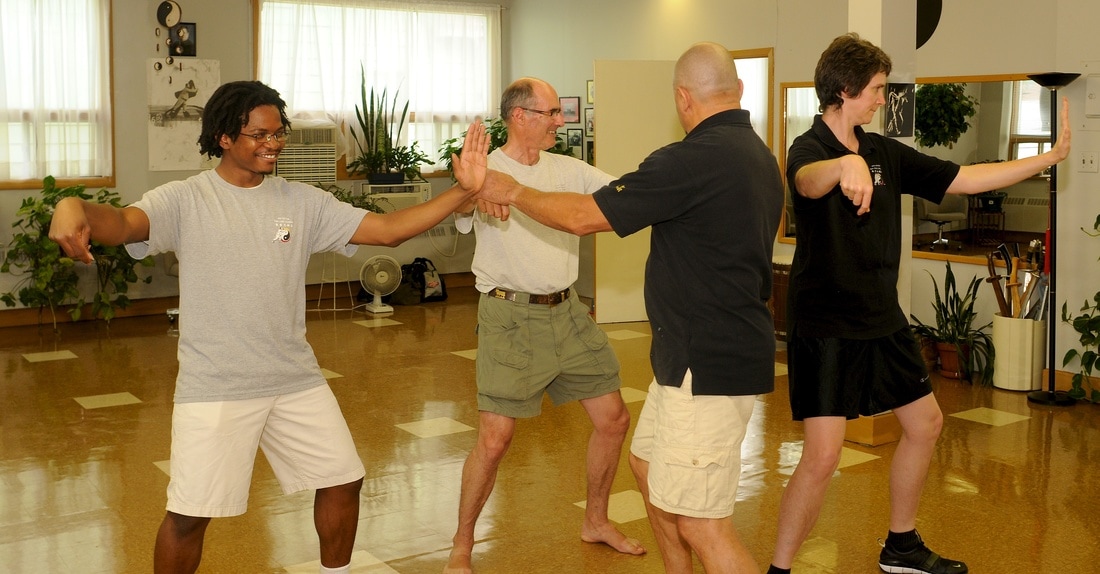
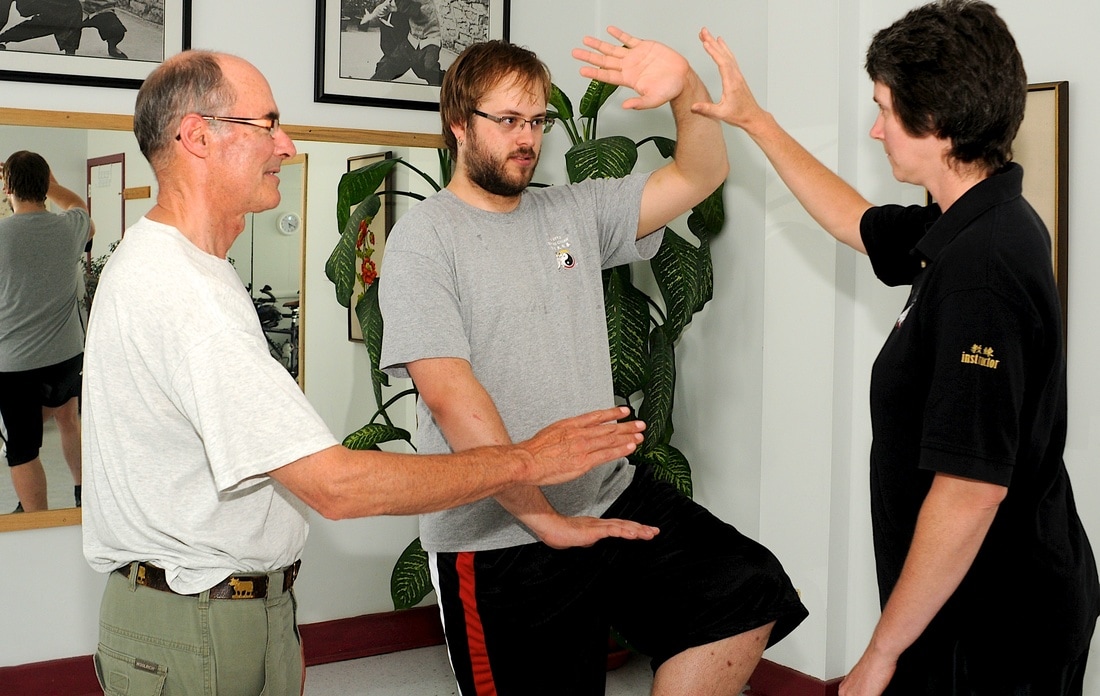

 RSS Feed
RSS Feed




